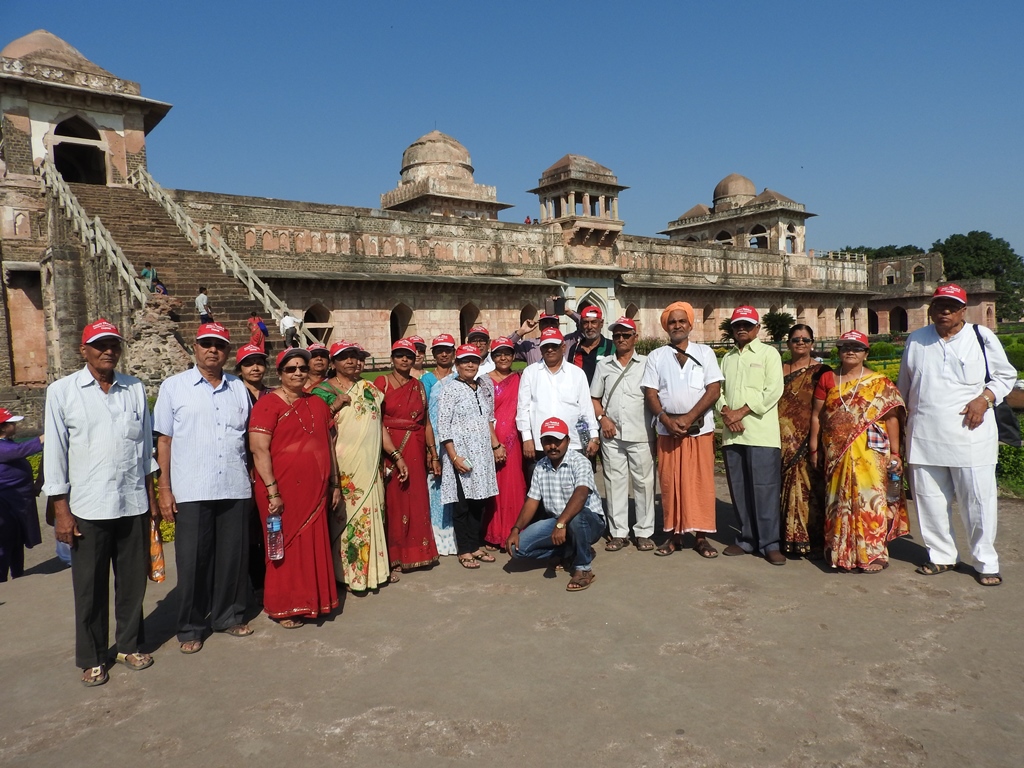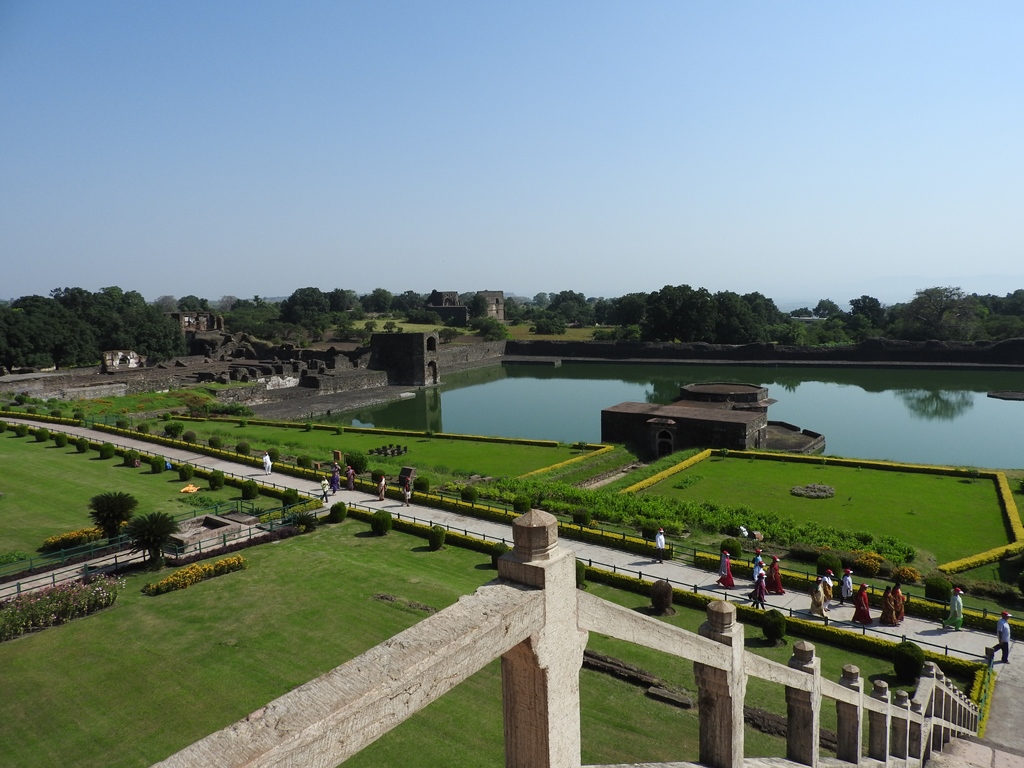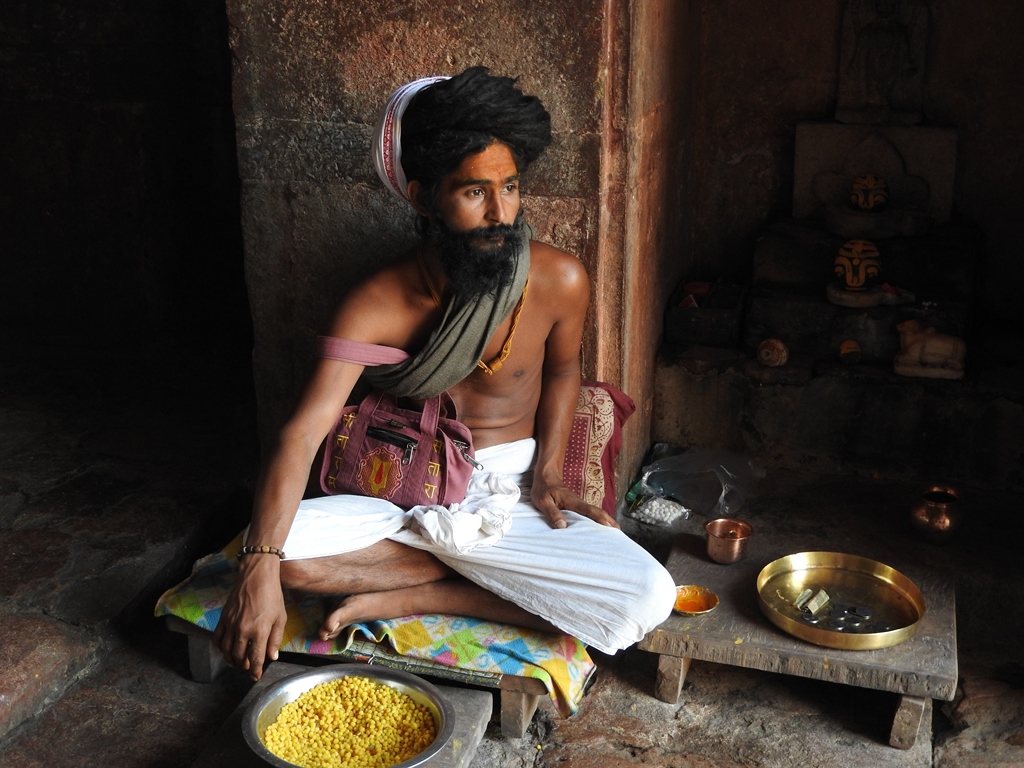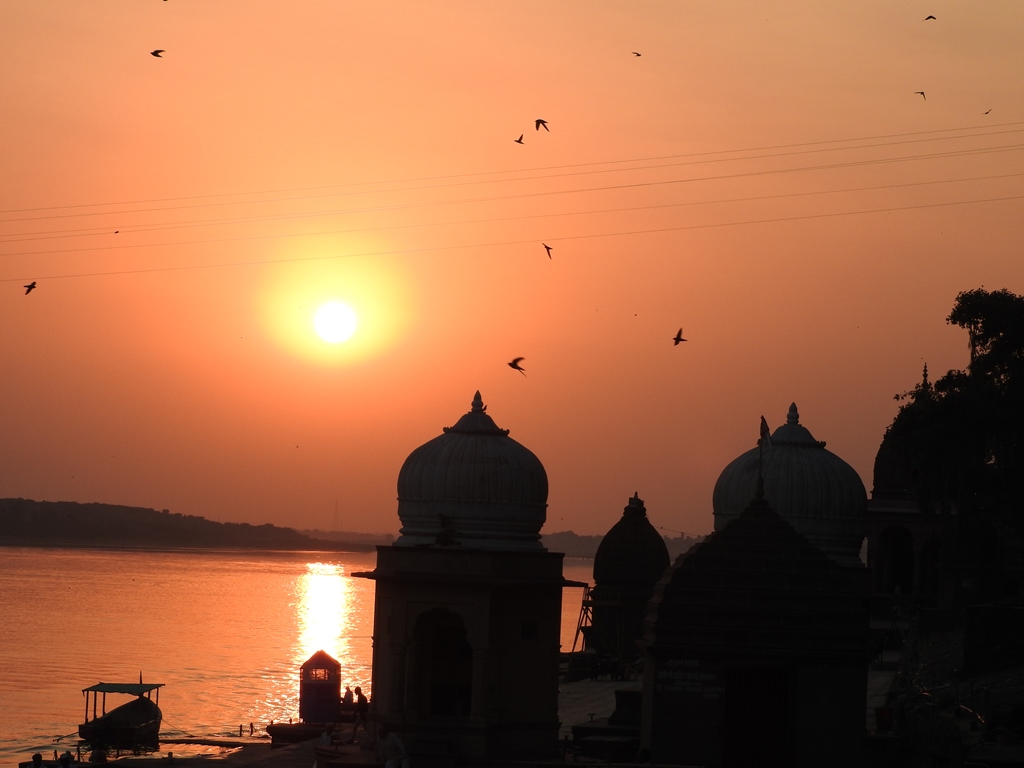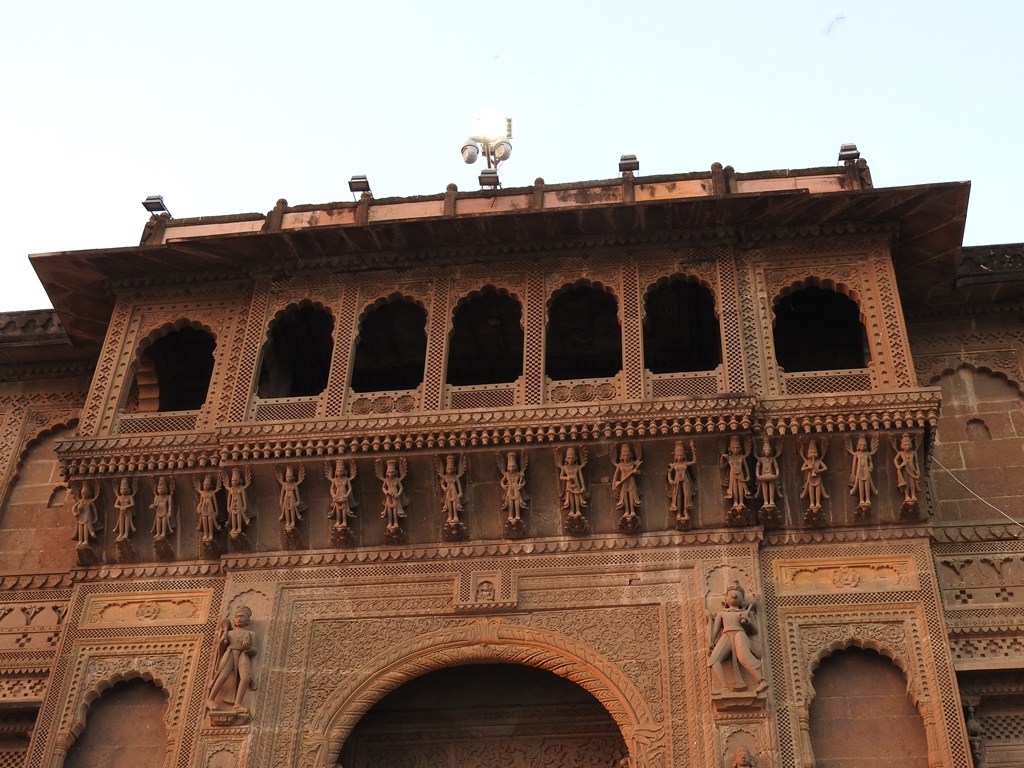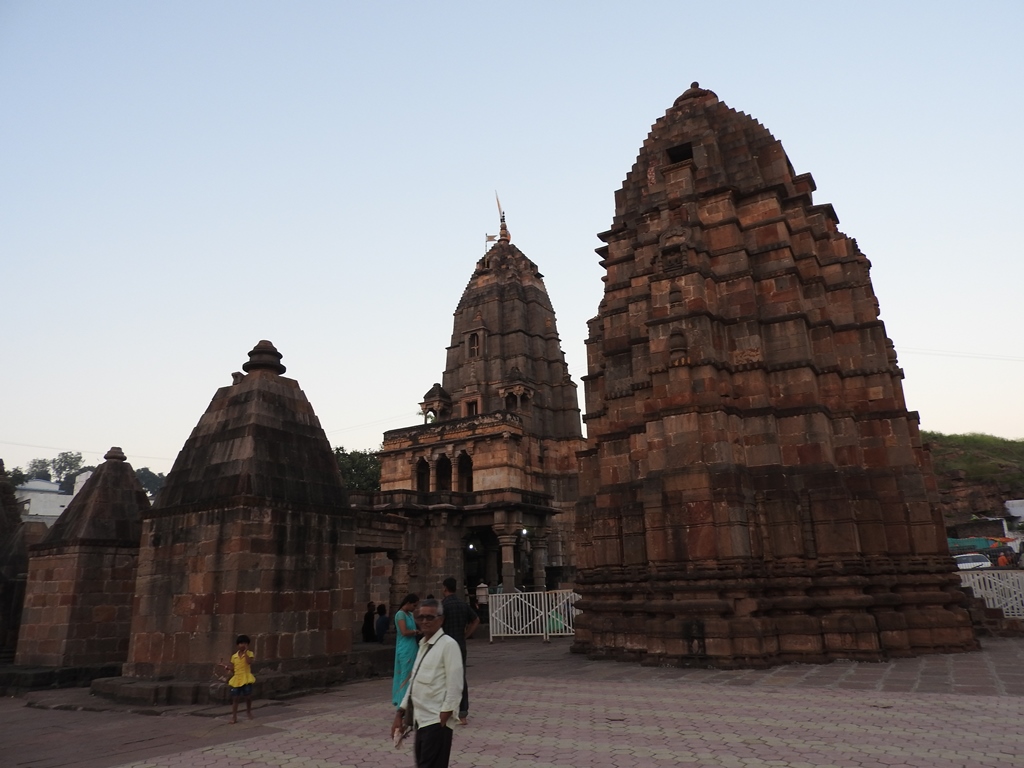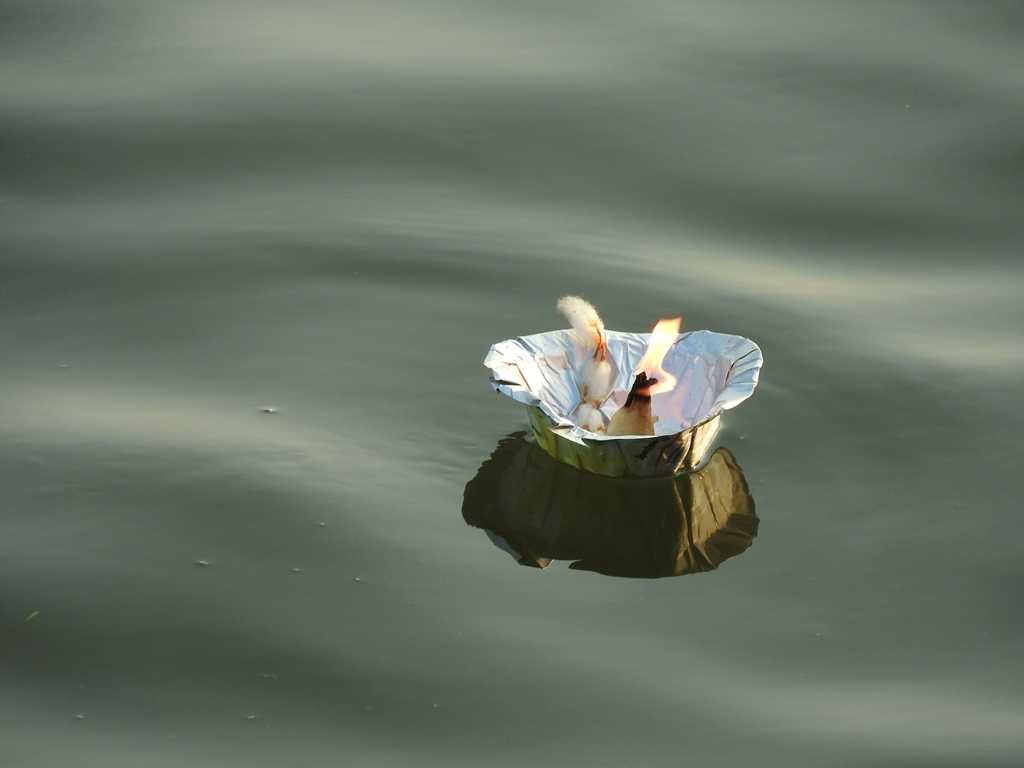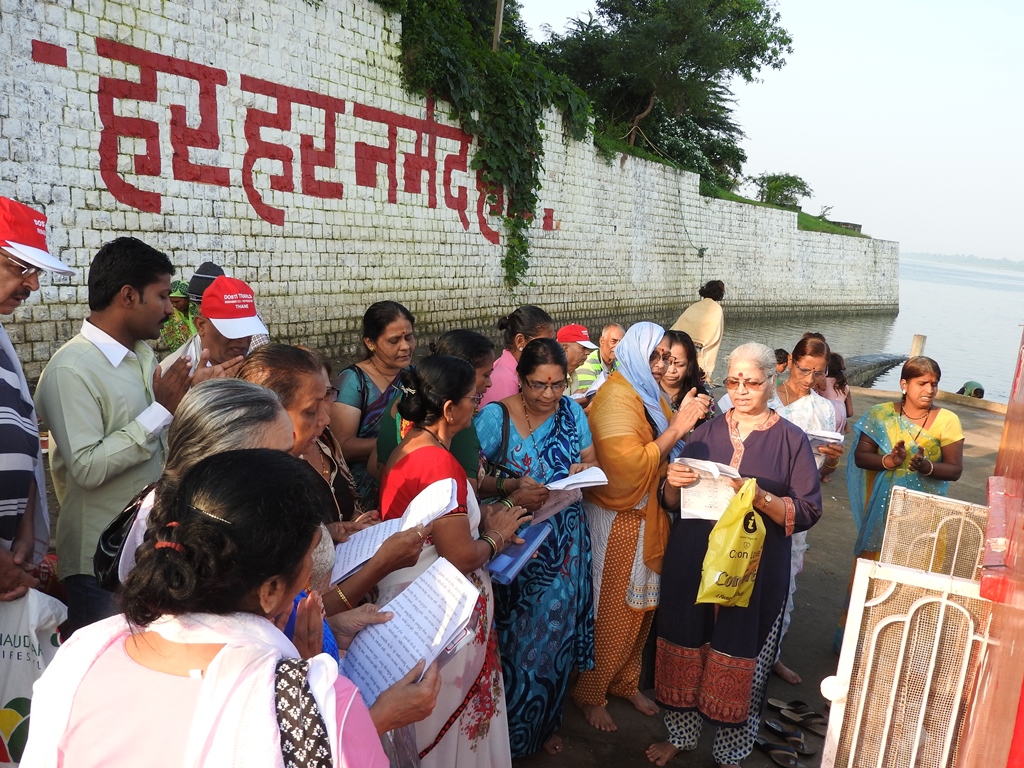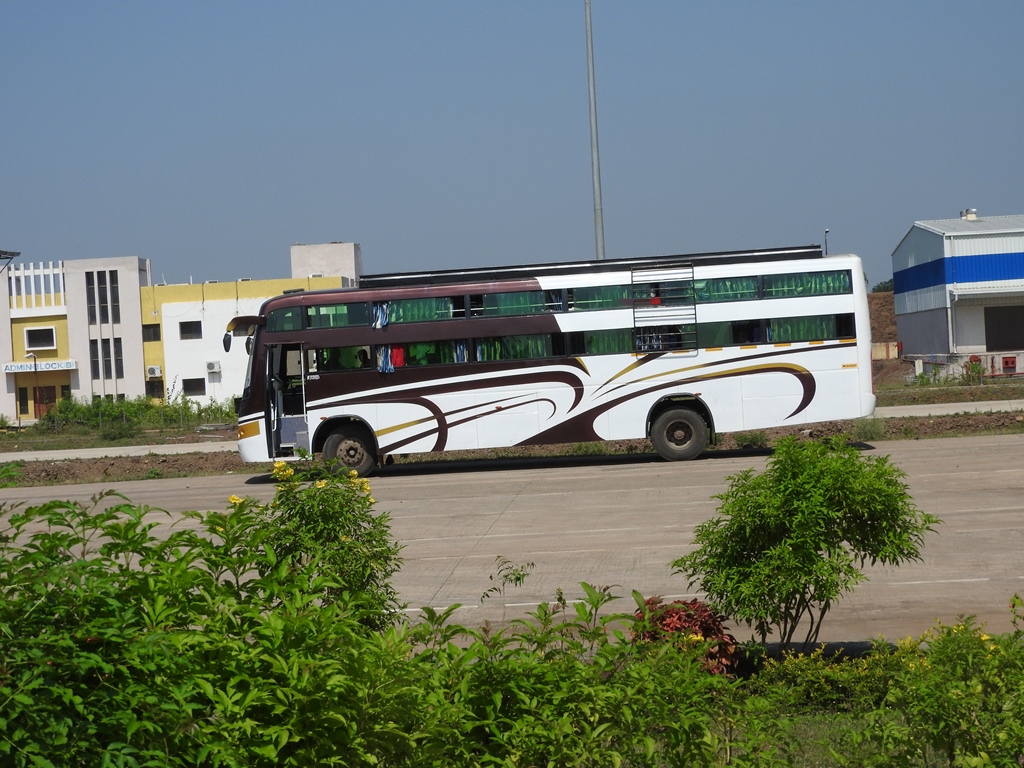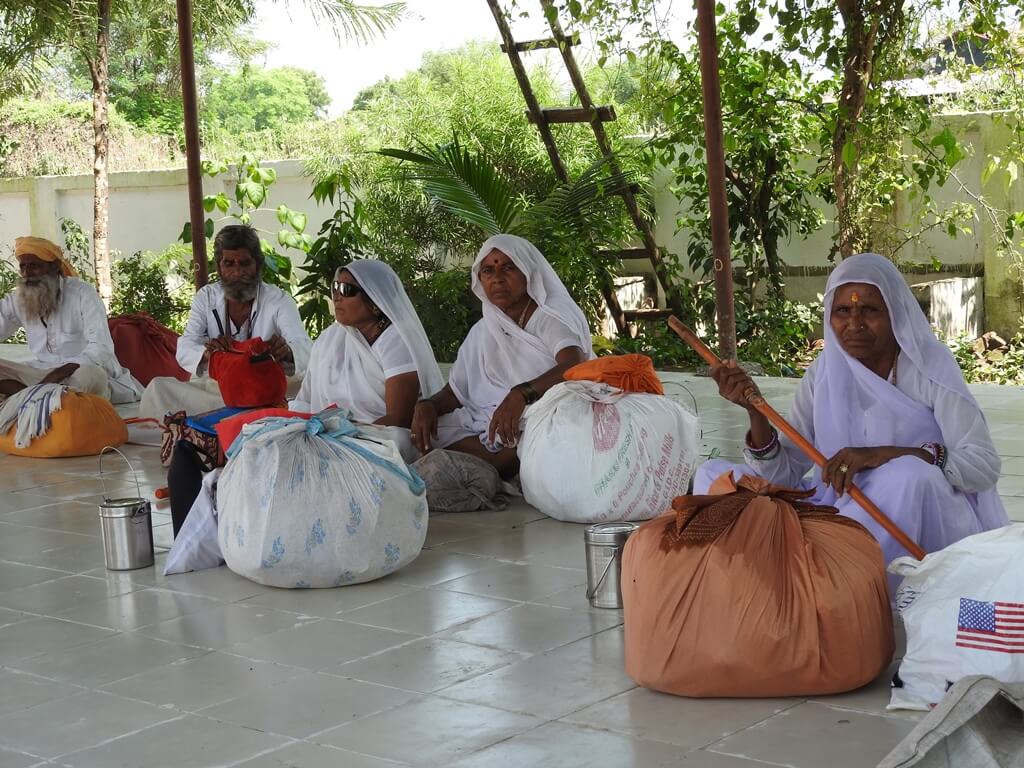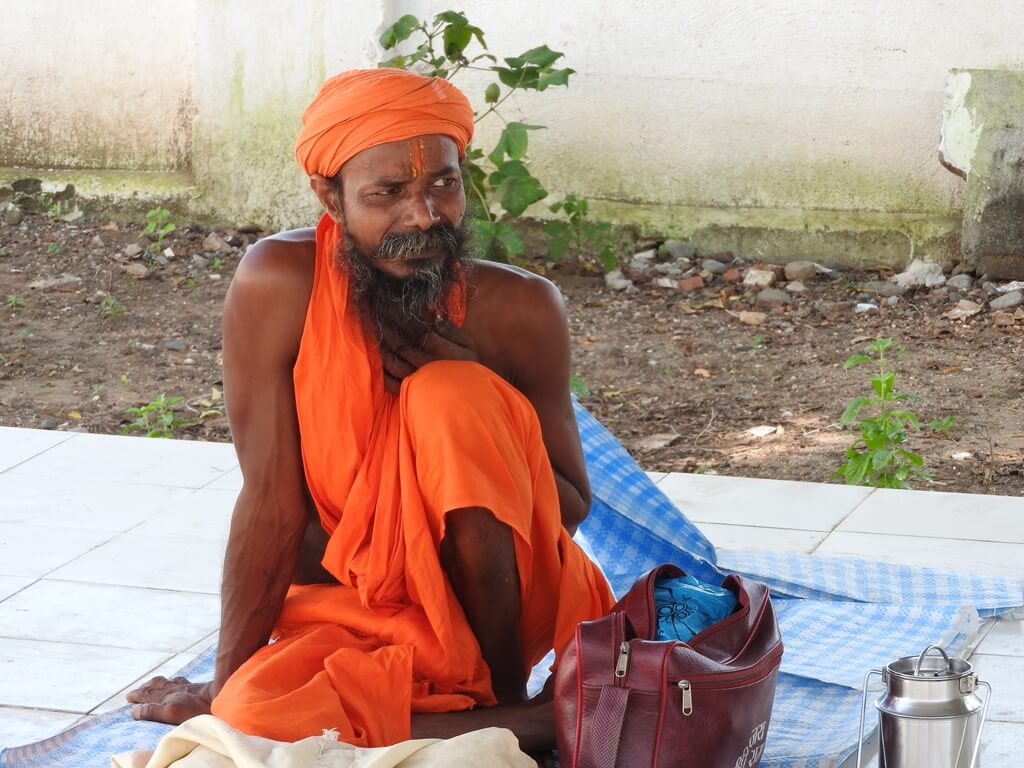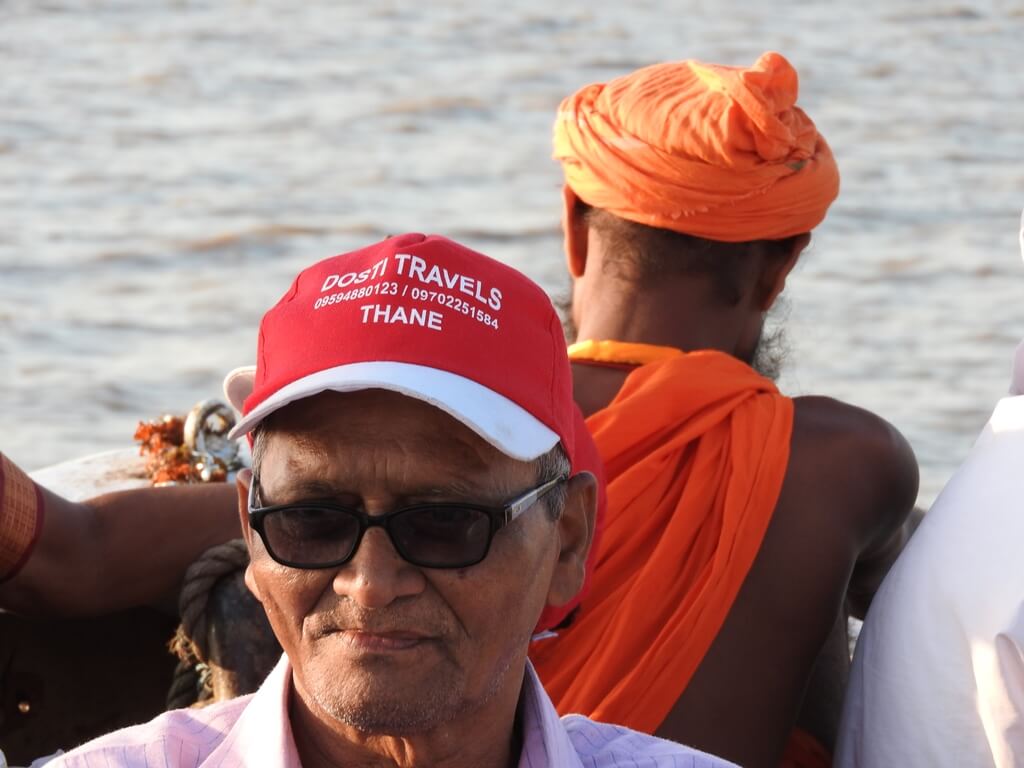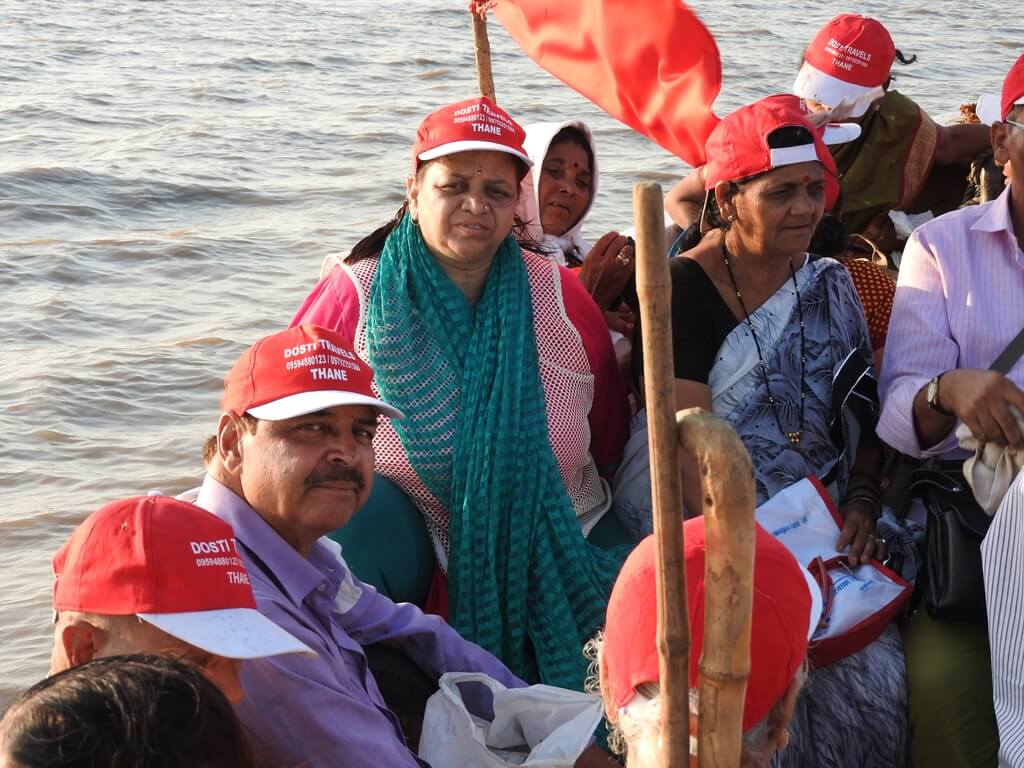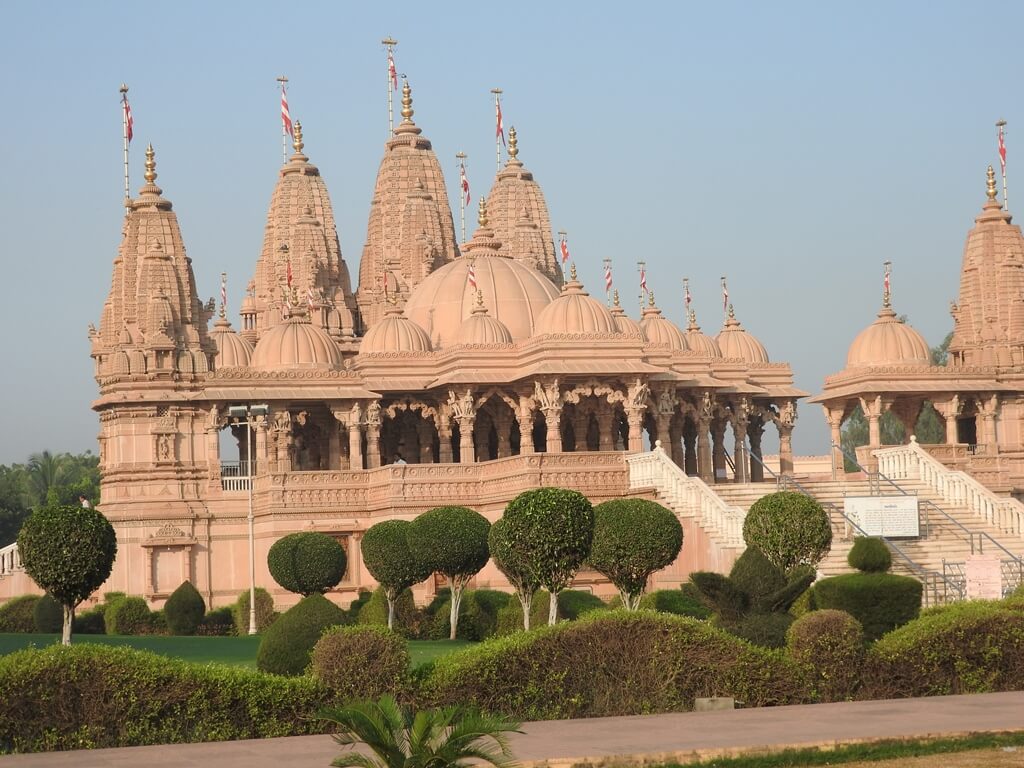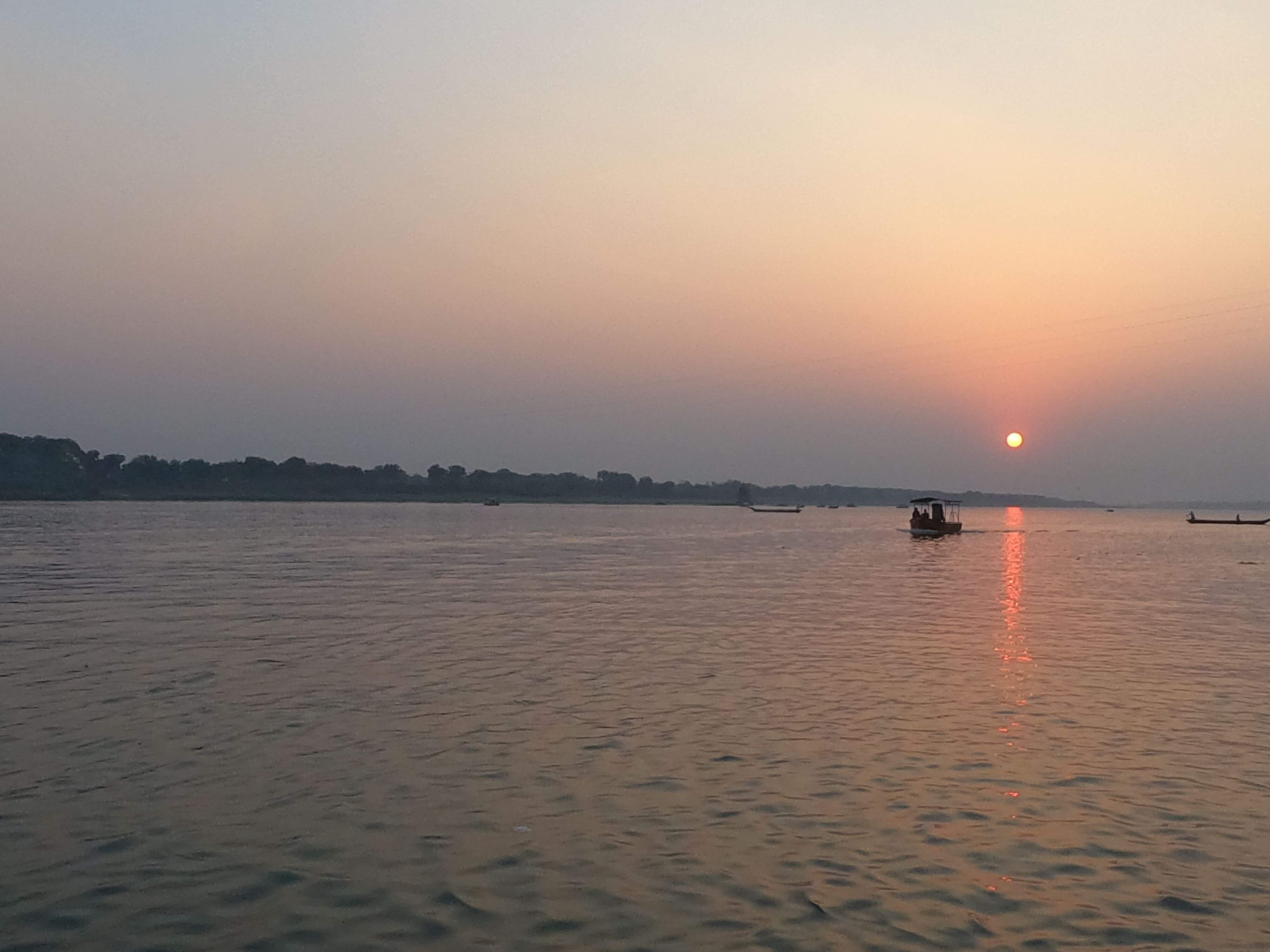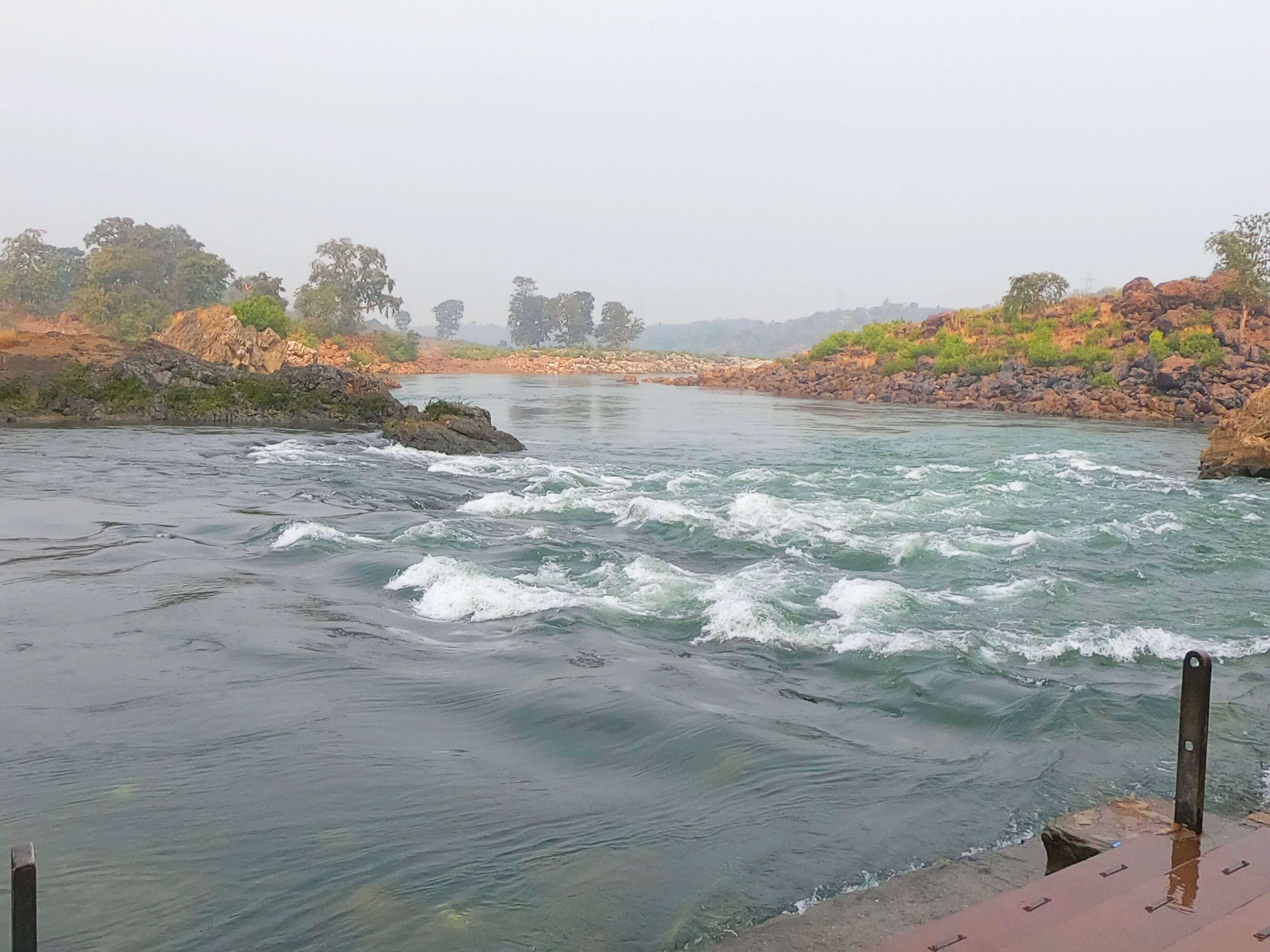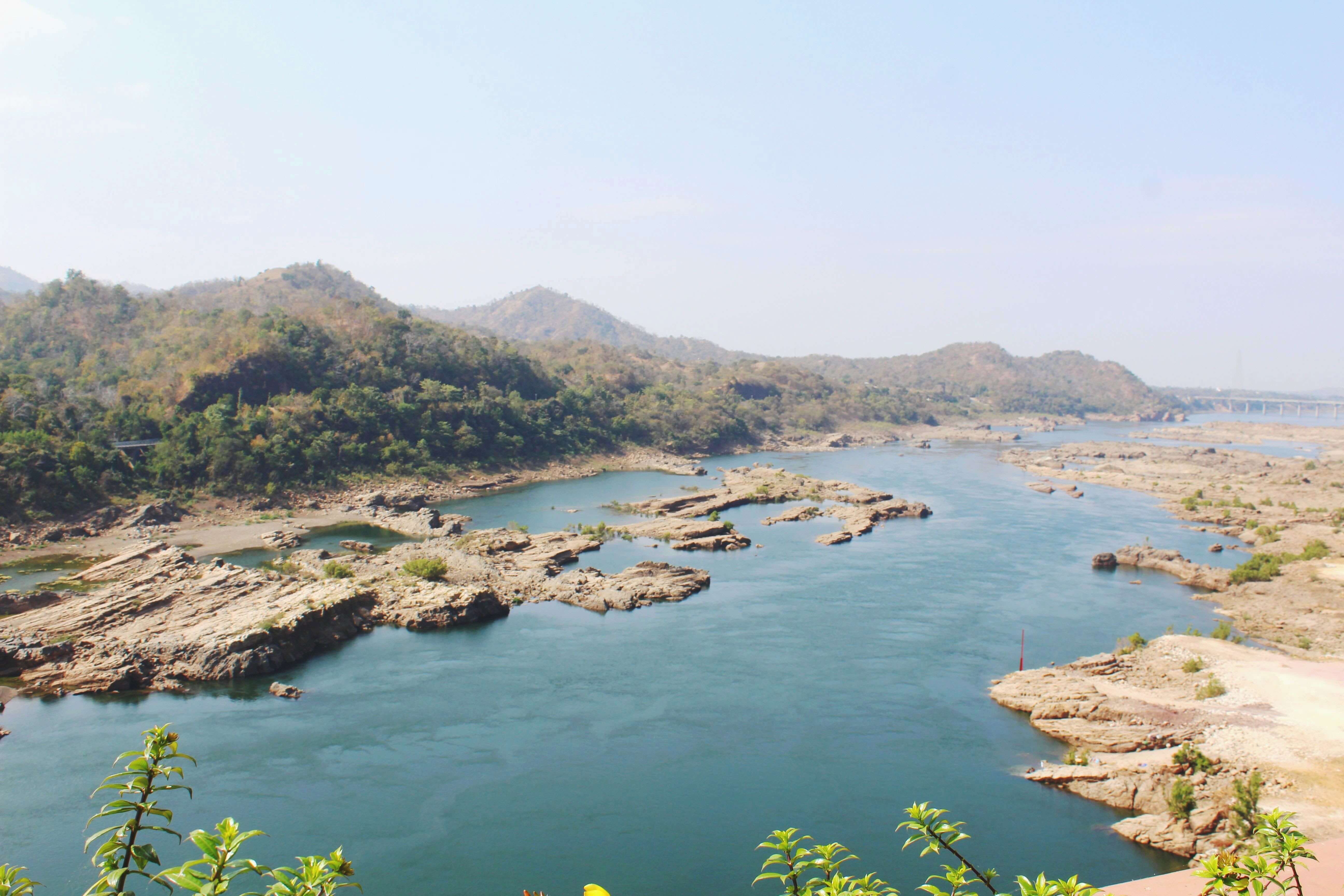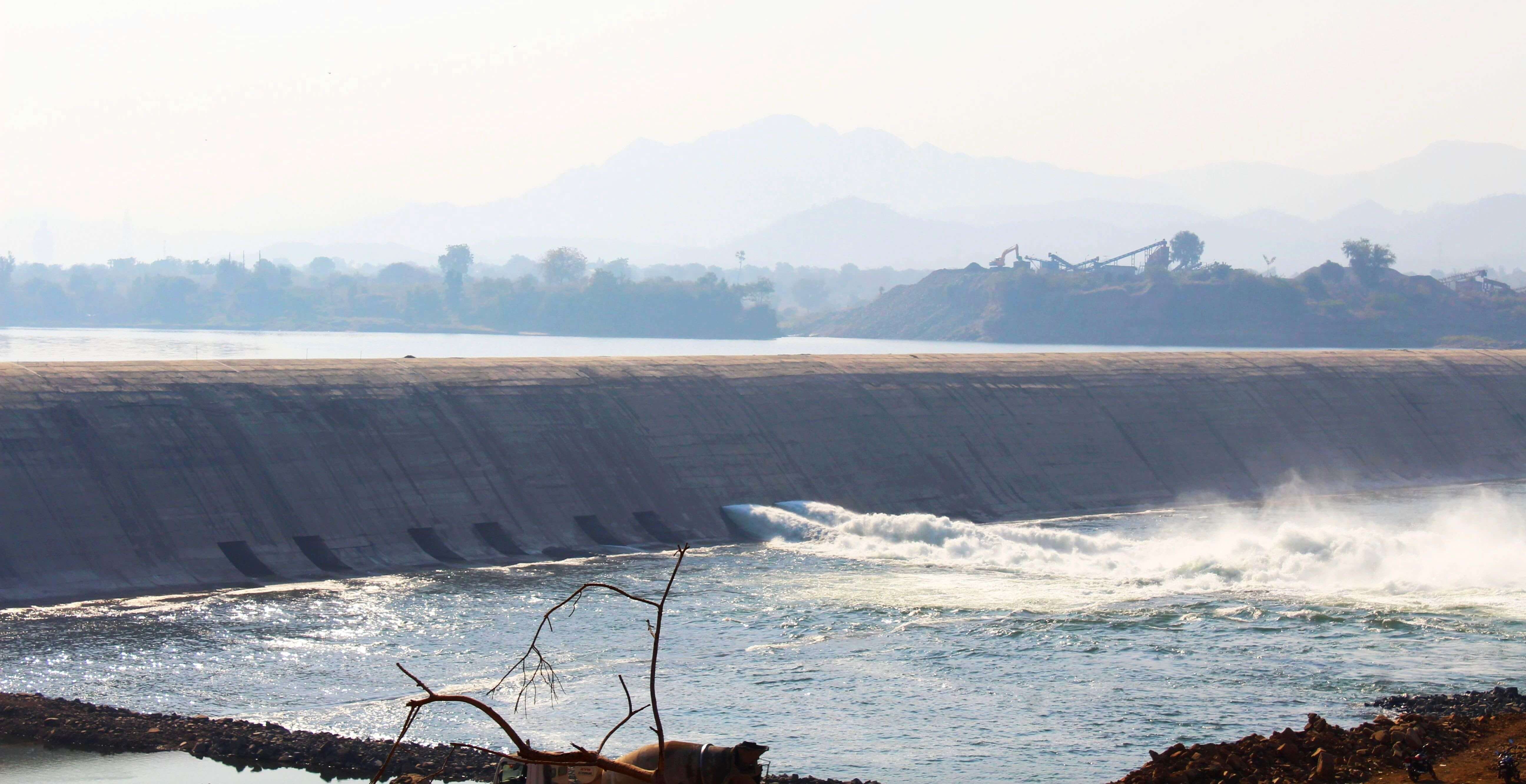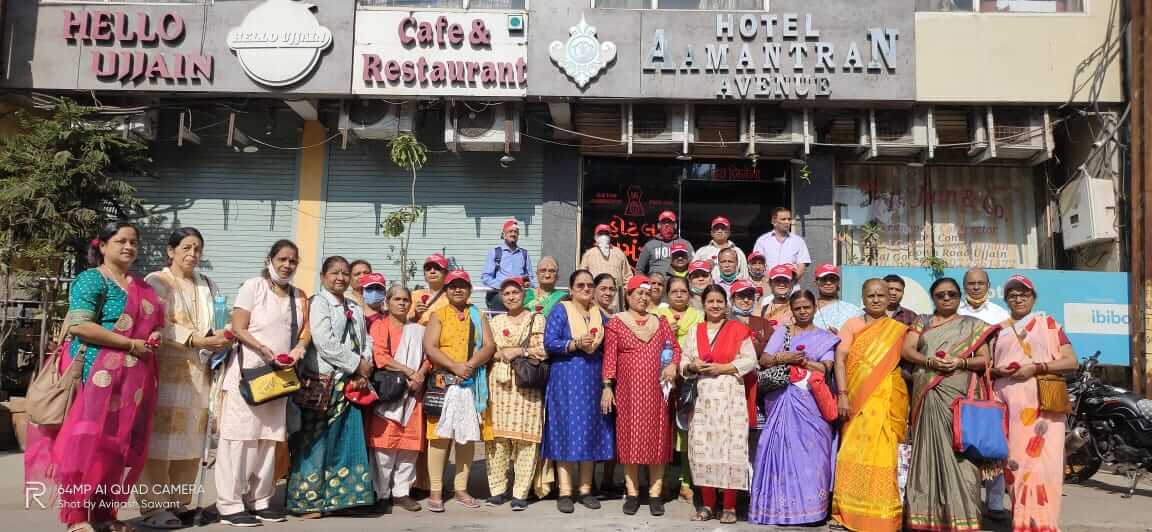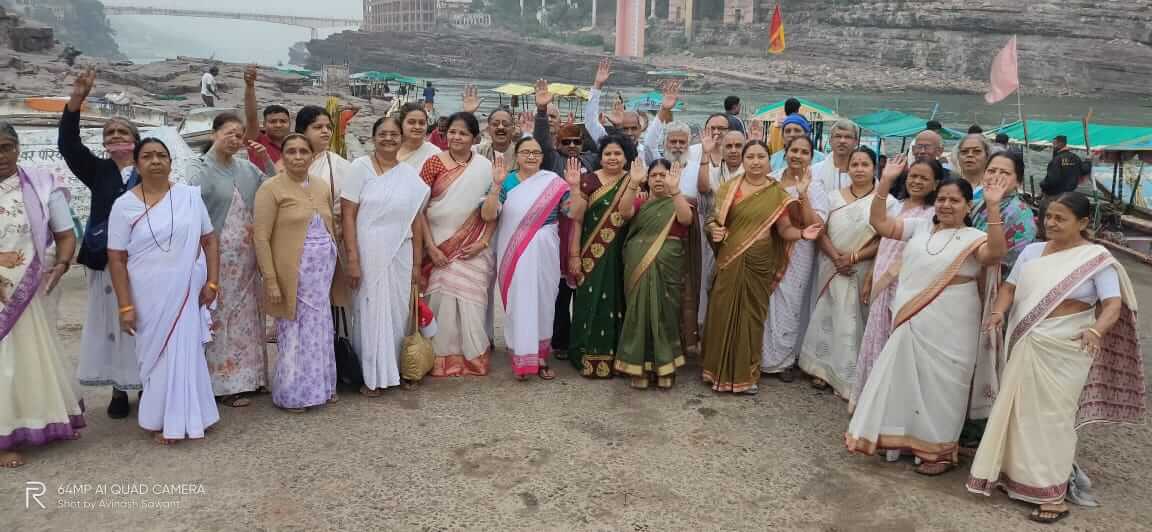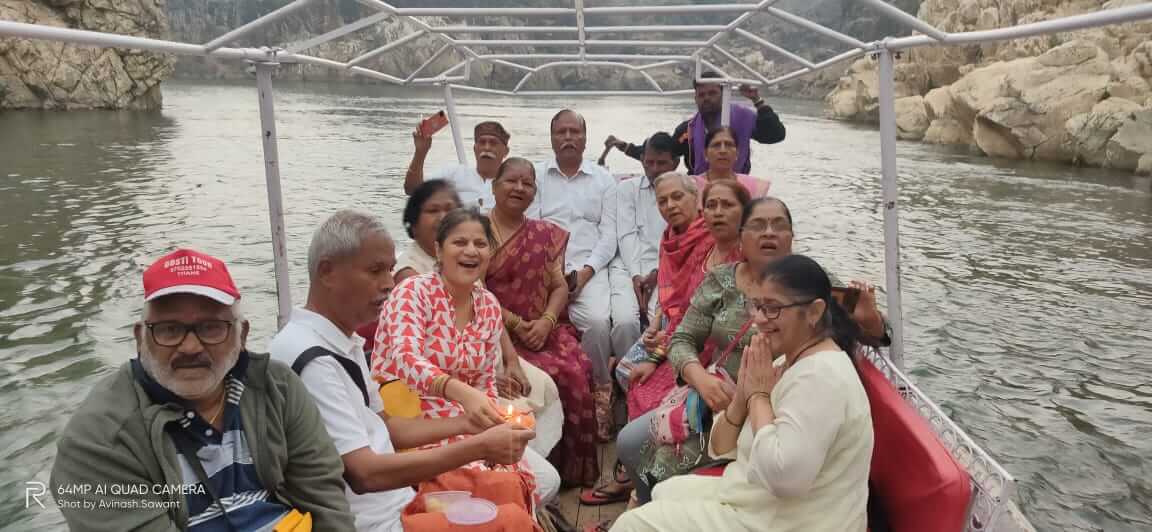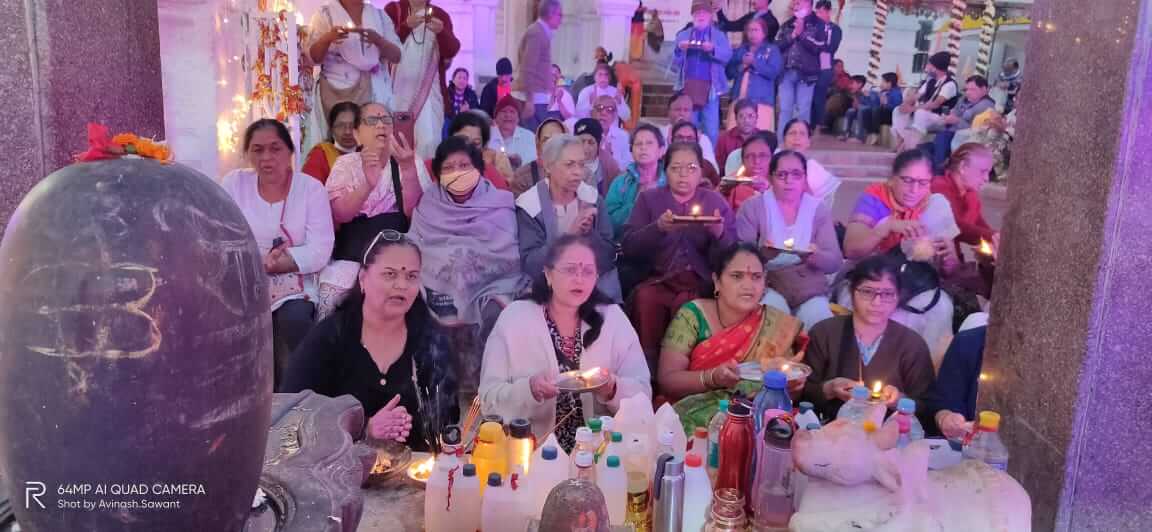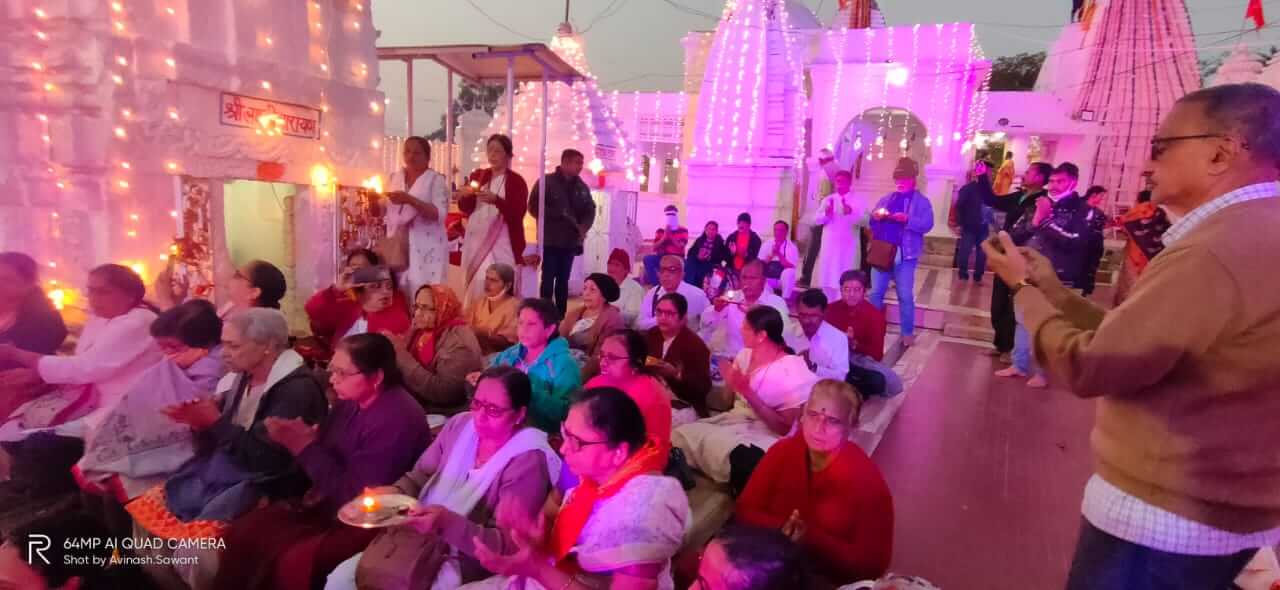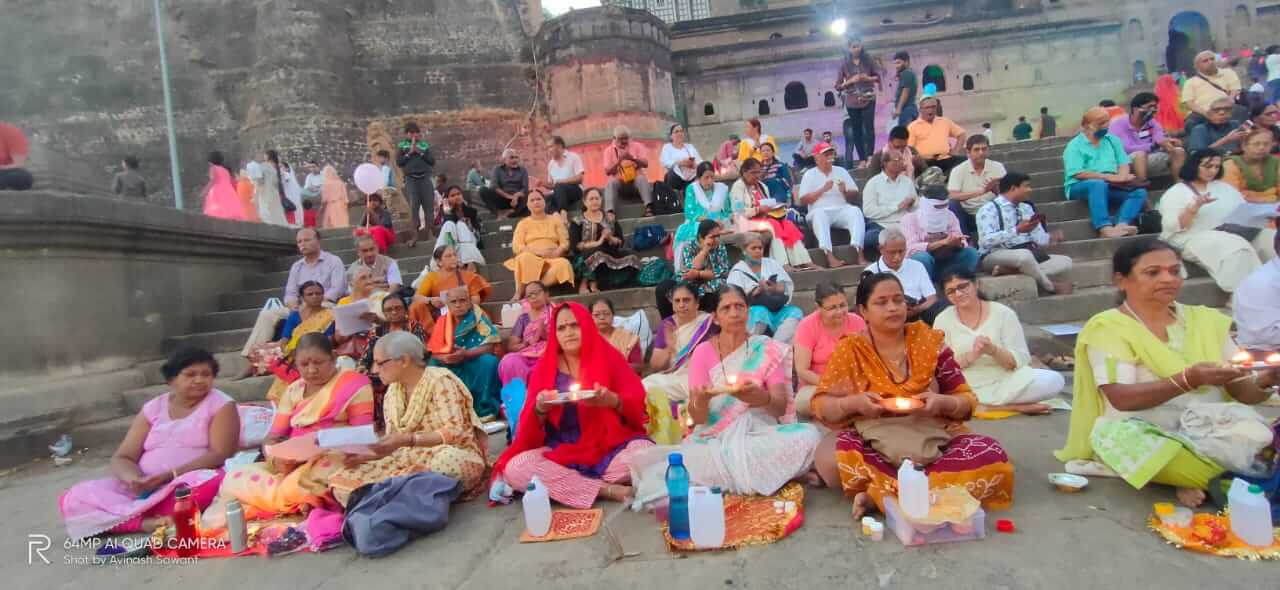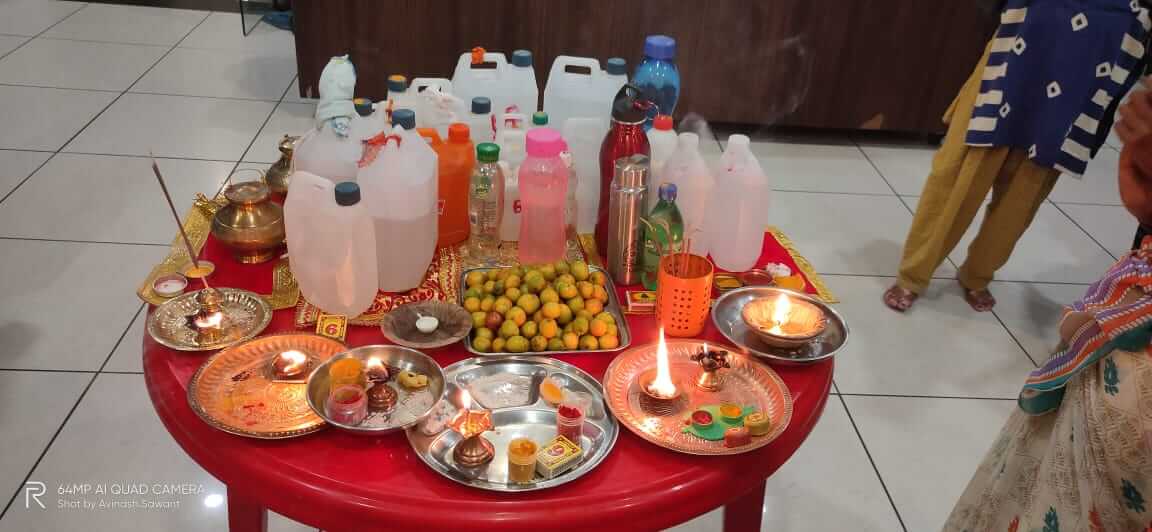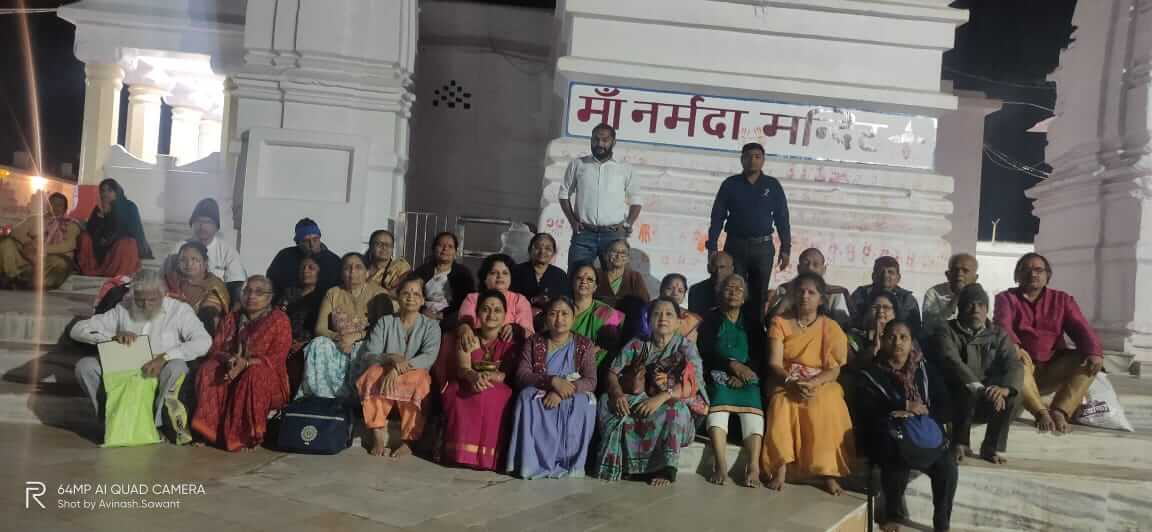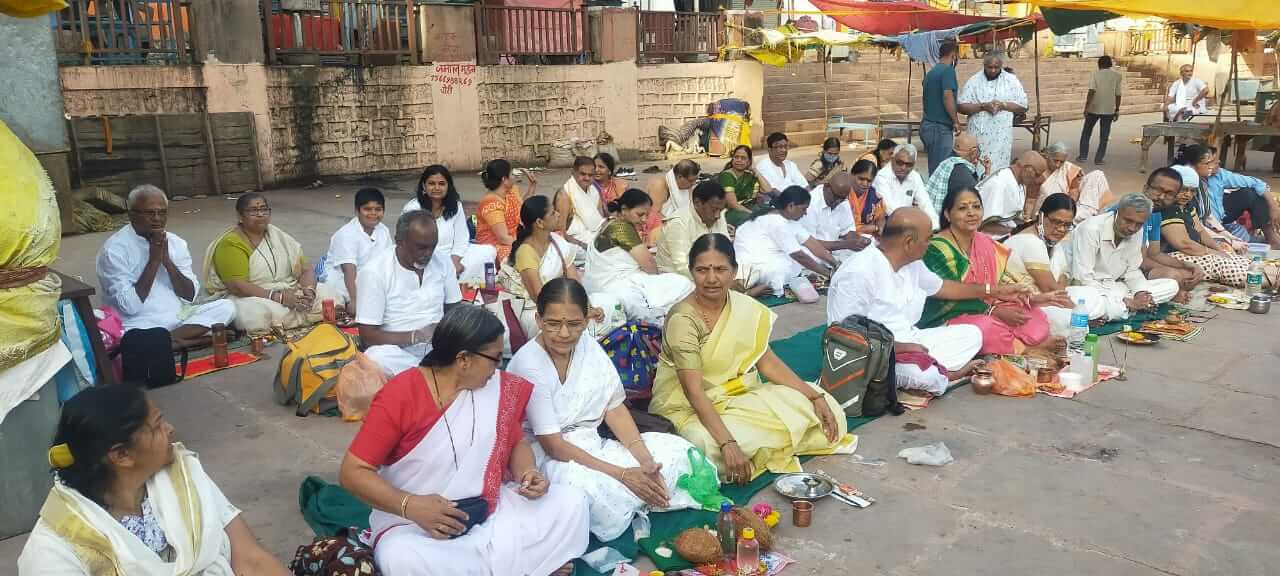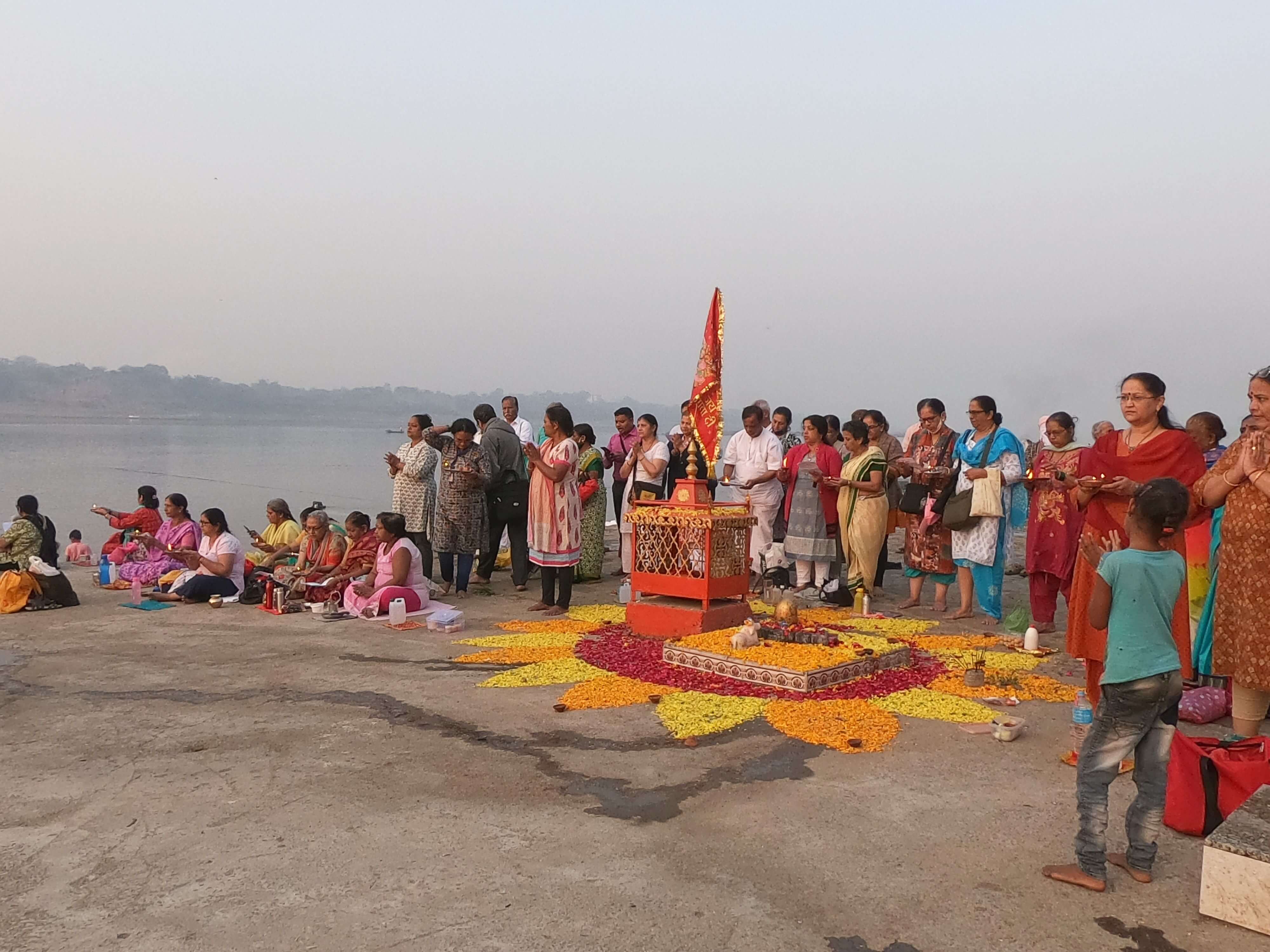Sacred Tradition of River Circumambulation
In Indian culture, rivers are considered as the mother of the people, i.e. deities. Since our ancestors were aware of the divine influence of rivers, an ancient tradition of expressing reverence, gratitude and respect for rivers has been practiced in this land. Of course, there are various customs, methods and rituals to express all this. One of such unique and unique traditions on earth is the "Narmada Parikrama"!
Cultural & Spiritual Significance
The Narmada Parikrama, as per the scriptures, is a precious treasure of Indian culture and identity. However, due to the lack of objective information on this matter, the difficulty of the Parikrama is unnecessarily exaggerated. Due to the lack of sufficient attention to the essence and greatness of the Parikrama, people who wish to go for the Narmada Parikrama find themselves in a dilemma.
The Philosophy of Renunciation
The real reason behind this tradition of Bhil robbers in the forest of Shulpani is that while circumambulating the Narmada, the devotees intend to renounce delusion, attachment, and greed. But since that renunciation does not happen easily, the banks of the Narmada must have made it an "opportunity" to learn this lesson.
Benefits of Narmada Parikrama
Although the benefits of Narmada Parikrama are said to be a radical transformation in the person who performs the Parikrama, upliftment and strengthening of the mind, purification, and the elimination of both physical and mental defects, resulting in a healthy body, a calm, stable, and contented attitude, the benefits gained by walking this path are also no less valuable.
Principle of Equality
A unique feature of the Narmada Parikrama is that every person performing the Narmada Parikrama is considered to be of equal status not only in religious or social terms but also in economic terms. It is a rule that a person performing the Narmada Parikrama, irrespective of his socio-economic status, should carry only enough money or material during the Parikrama to meet his minimum essential needs and should not accumulate unnecessary wealth.
The purpose of the Narmada Parikrama is not to make people notice our uniqueness and greatness. There is no discrimination between rich and poor, small and big on the path of the Parikrama. What we actually experience is the experience of equality and unity. The principle of 'equality' in the Narmada Parikrama is to put it into practice.
Har Narmade !! Har Narmade !!

